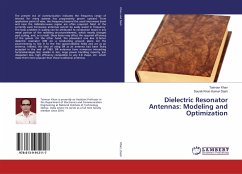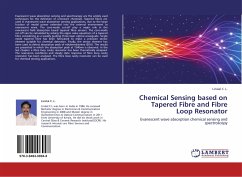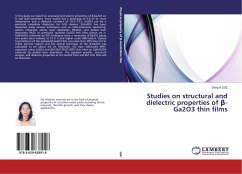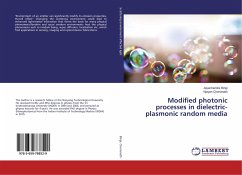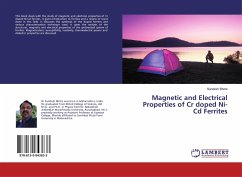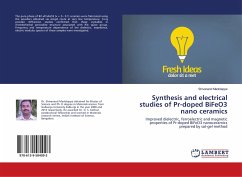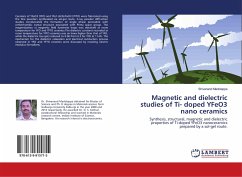The present era of communication indicates the frequency range of interest for many systems has progressively grown upward. From application point of view, the frequency beyond the usual microwave band and near the millimeter-wave region are often required. Most of the currently used microwave antennas cannot be easily scaled in frequency. The basic problem in scaling can be attributed to conduction losses in any metal portion of the radiating structure/element, which mostly changes post scaling, and, as a result, these losses may affect the required efficiency of the system. On the other hand, the placement one low Q-factor dielectric resonator (DR) on a conducting ground plane led the power/energy to lost in to the free space/radiated fields and act as an antenna. Indeed, this idea of using DR as an antenna had been firstly accepted in the mid of 1983. DR antennas have numerous interesting facts/advantages like; smaller in size, large power handling capacity, less dissipation loss, high efficiency compatible to any 3-D shape, etc. which make them more popular than those traditional antennas.
Bitte wählen Sie Ihr Anliegen aus.
Rechnungen
Retourenschein anfordern
Bestellstatus
Storno

